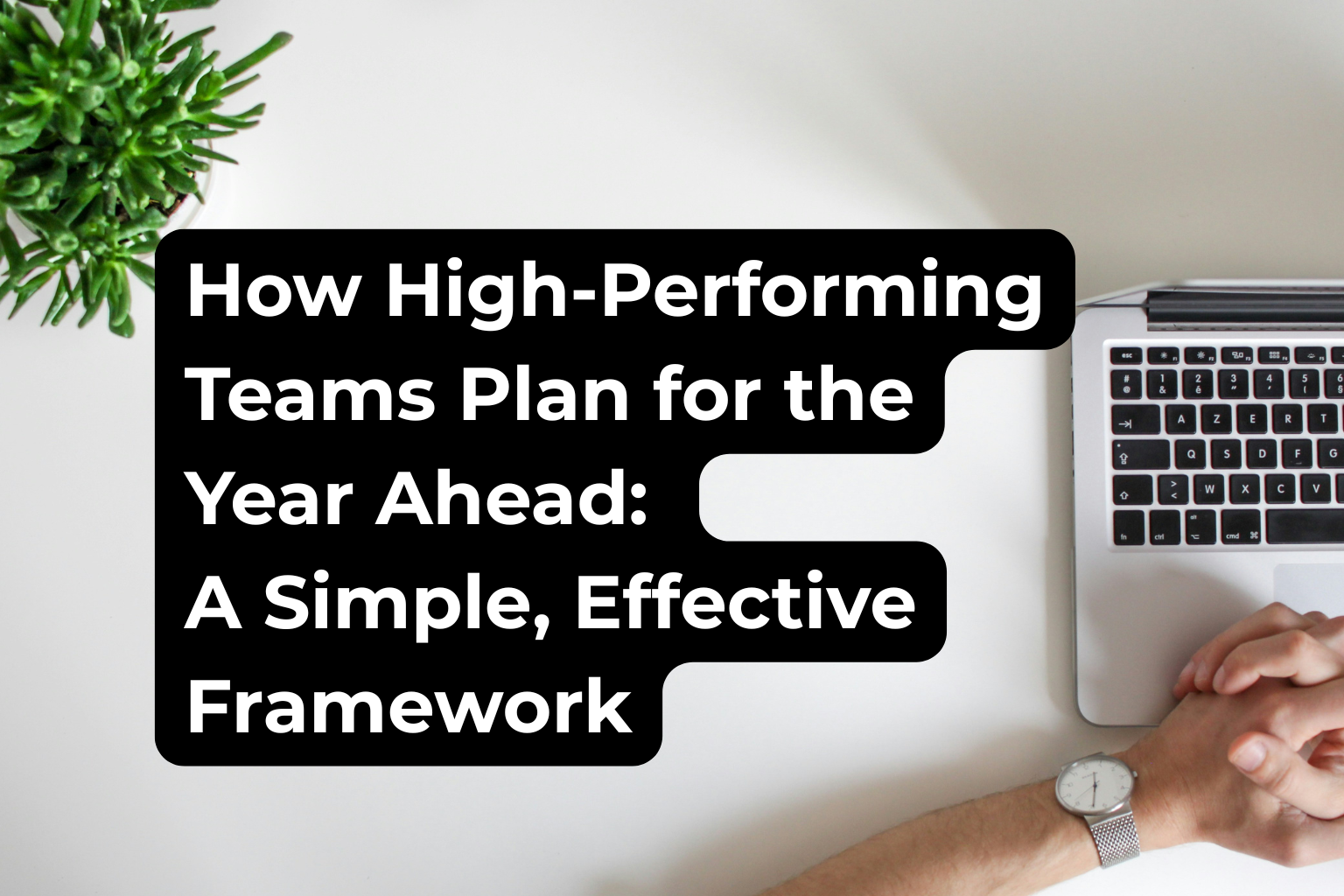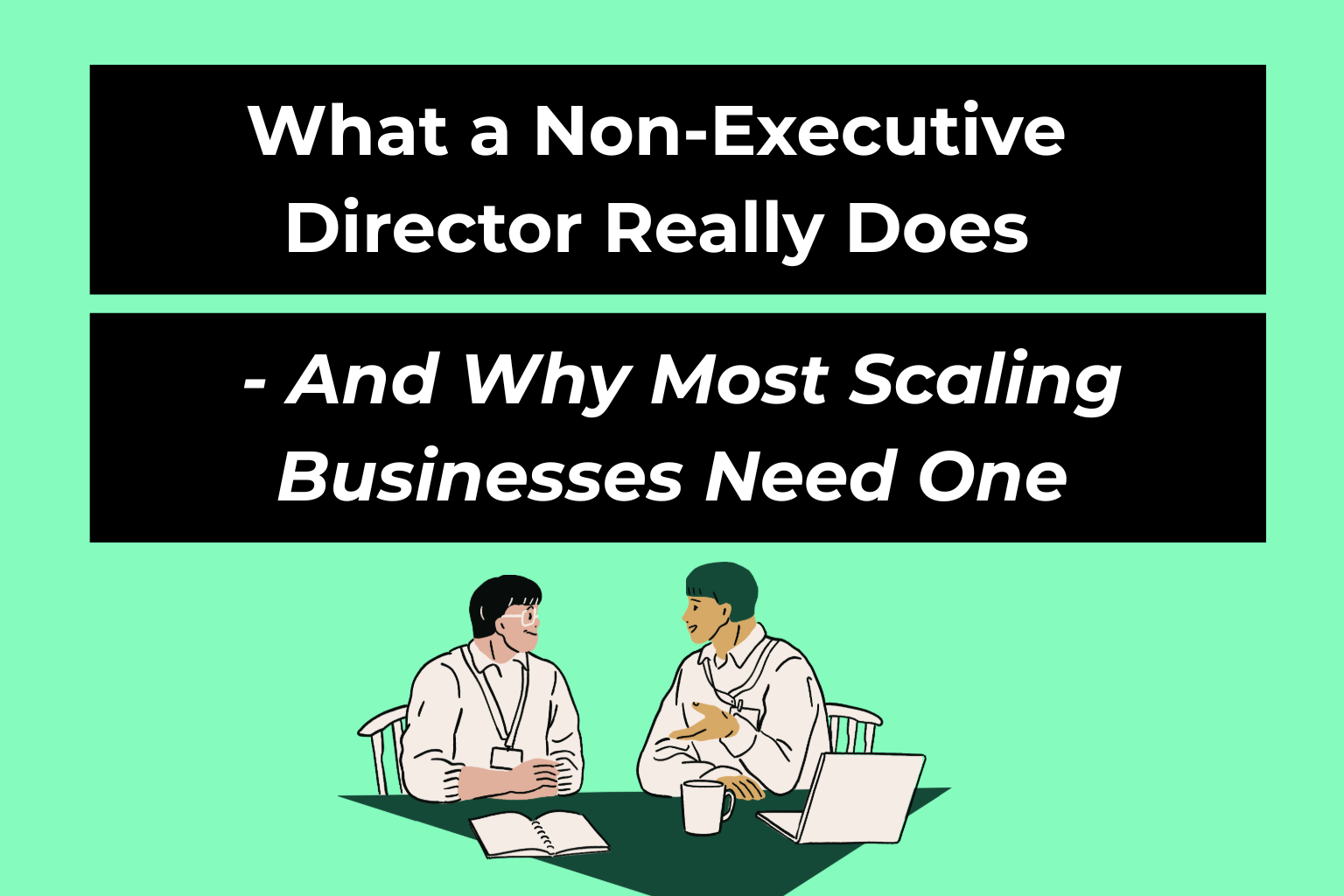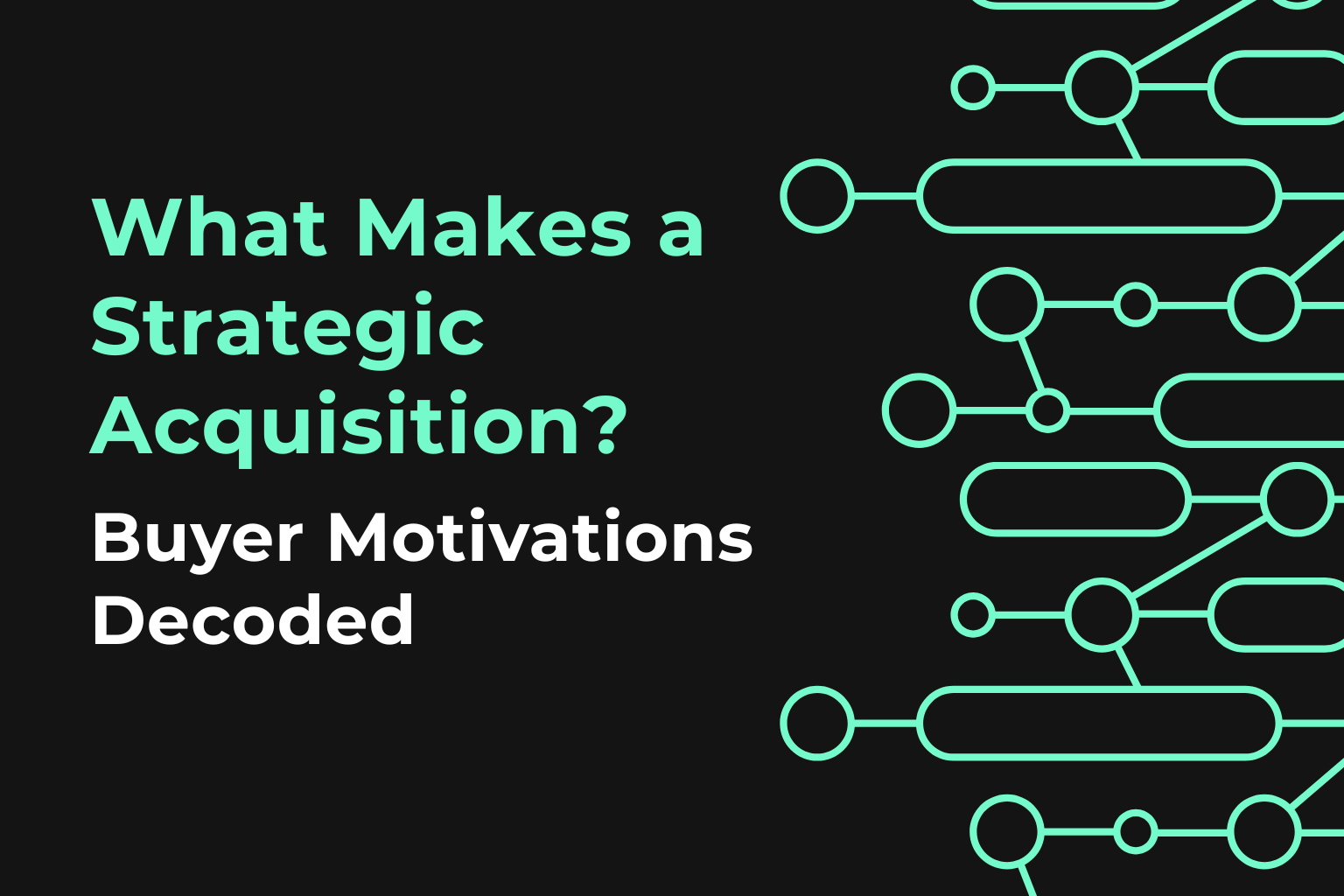One of the biggest challenges facing businesses as they ‘scale up’ to the next phase is learning how to sell into larger customers.
Adding extra ‘zeros’ to proposals and prices is a psychological barrier that must be hurdled if you are to grow and scale a truly valuable business.
It was a hard learned lesson personally too. Having grown my last agency business to around £3m a year in revenues at a time when £10,000 a month digital marketing budgets were rare, we began struggling to keep up what had been an exponential rate of revenue growth.
To see visually what I mean here’s an example of exponential versus linear growth.

The reason for this is that, by definition, the exponential curve increases much more rapidly as you move up the curve and that requires consistent reinvention of every component of your plan if you are to keep up.
And whilst we’d managed it with delivery, comms, and sales (the three key areas of most businesses) revenue began to slip under that curve – and that was a problem.
Why? Simply because we had geared up to take advantage of this key exceptional period across everything from hiring and other fixed costs as it felt like we were flying.
We were. Except that our margin was going down. We were becoming busy fools!
Busy fool syndrome
It’s a problem that inflicts itself on many growing businesses. By doing a good job at delivery over time a combination of network effects, technology, scale advantages and brand create an environment where growth does become exponential with relatively little extra effort. The problem is that margins very rarely continue at the same rate.
You’ll recognise this via the simple test of asking your senior team ‘Are we just becoming busy fools?’
It’s a question we will often ask execs and managers where we see a thriving business but deprecating margin. And the reason is simple: pricing strategy.
Selling the same, for more.
Price is a sensitive issue. If you’ve held onto key clients or customers for a long time, it’s not an easy thing to broach. And likewise, there is a real risk of impacting conversion if you do increase it for new business too.
But the reality is if you don’t you risk working harder for very similar returns.
So, how can you go about maintaining margin during these growth periods? Let’s have a quick look at a handful of strategies that have worked for our clients in the past and the stories you need to tell to make them stick.
Value-based Pricing
We start with perhaps the most important pricing strategy of them all; value-based pricing. It’s key as it flips thinking from how much something costs to what it is worth to the customer. It’s the thing that makes us spend thousands more on things when we get married, or why we will often opt for a more expensive car if its faster or more desirable.
To get it right you must have a deep understanding of your customer’s businesses and what buying your product or service will give to them.
In digital this is much easier as it is possible to use data to get an understanding of things like average order values, conversions, and traffic as well as lead volumes and so on. From this it’s possible then to model out what improvements to any of these factors may bring from a revenue perspective. And if you are working with hardware, you’ll equally have volume and margin insight to model potential savings you can provide, or extra margin you can give them.
In digital agency land this often translated well, allowing us to produce a slide really early in any sales deck that explained in large font that our plan ‘will delivery £x million in extra revenue.’ This ‘lean in’ slide then made it easy to suggest the cost may have an extra zero on it than may otherwise have been the case.
Who gets upset about spend £100,000 per month to make an extra £1m for instance? No one.
Incentive-based Pricing
Another great little sweetener can be adding incentives to any proposed pricing structure. In general, I’ve found these work best if shaped around one of two rules:
- Price savings – this is the obvious one, offering simple discount on your hourly rate, or pricing if more units of whatever you sell are bought. So, practically speaking, it may be that at £x our price is Y but if you spend £z (a greater number often at least double x) then we offer a % discount. In my experience that works if it starts at 5% and perhaps moves to 20% at a much larger number. An example of this for a service business may be an initial 100% cost at £10,000 per month retainer, a 5% discount at £12,000 per month and a 10% discount at £15,000 per month.
- Added value services – another cut of the same basic principle is to frame it in a slightly different way and that’s to go through the same basic exercise but to then suggest they will get 5, 10 or 20% more time at those price points. You can then even project what they may mean for performance or revenue. This is a great way of doing it if you don’t want to create precedent around discounting.
Rev Share Pricing
Another classic way to incentive deal closing it to suggest that you are willing and able to take on some of the risk and ‘put your money where your mouth is’.
It’s an easy model to present where there is good, transparent analytics available to record sales revenues and so n but it does require either a great working relationship with lots of trust or, practically more real world important – a tight contract in place to avoid any bumps in the road.
Exactly how you define the model is very much dependent upon the business and the best advice here is to again go back to the principles of knowing your customer’s business and their own customers really well so you can get the right balance.
Price Skimming Pricing
A model that can be very effective, especially where a new product or service is price skimming; where you launch initially at a very high price point and then lower it over time. This plays into the truth that products and services lose perceived value the longer you have access to them. This is called The Law of Depreciating Marginal Utility and it’s important to understand if you sell any product or service to the same end user for long periods.
By slowly lowering the price over time not only do you stand a chance of keeping that customer for longer, but you also increase lifetime value also – the key metric here when attempting to layer revenue lines over time.
It can also be really good for improving margin from your most engaged customers. Those early adopters will regularly pay more.
A great technique here, especially if you are selling a subscription or retainer of some kind, is to charge a significant amount up front for initial set up work and/or the key hardware. Let’s say the first month, or initial work costs £10,000. You can sell that £15,000 but that you’ll then ‘give back’ £5,000 of it over the next 12 months by way of discounting on ongoing costs. explaining that a portion of it is spread across the next 12 months to keep costs down ongoing. This makes the long term deal look super attractive and it will also tie them in as they want to ‘earn’ the cashback.
Psychological and Scarcity Pricing
You see this used all of the time. It’s why we price things at £5.99 rather than £6. It’s also why we see retailers using larger fonts for the £s and smaller fonts for the pence parts of the pricing sticker. And why ecommerce sites can dramatically increase conversion by suggesting they are running out of stock.
All of these things trick us into thinking that either scarcity exists, and we must act quickly, or that something is cheaper than it actually is. It is easy to sell a car for £15,999 than £16,000!
This kind of strategy can work well for brands targeting price sensitive or research-focused customers.
Loss Leader Pricing
A killer strategy for those selling a product or service that requires an ongoing supply of parts or support afterwards, loss leader pricing sees the seller offering the initial ‘door opening’ product or service for less-than-cost (or at least expectation), in the knowledge that this then ties them into a long-term relationship.
You see this all the time in everything from electric toothbrushes and razors to coffee machines and printers. And it works. Once you’ve committed you are likely to keep buying the expensive consumables or support services to ensure you see perceived ‘value’ from your purchase.
Penetration Pricing
I have often used this strategy, particularly when launching new products or services and it is the opposite of our previously discussed Price Skimming approach.
Instead of starting with high prices you enter the market with easy-to-sell pricing and then gradually increase them overt time as your customers start to get hooked on the value.
In the same way that a free sample can encourage a customer to make a purchase, you’re providing a discounted experience to create customer loyalty.
Competitive Pricing
Our final strategy is utilising the same fundamental thinking as Penetration Pricing but instead of making it more expensive you make future pricing decisions based on what your clients may do as a result of your entry into the market, or creation of it. Pricing matching is a consistent theme we see from businesses following this strategy as it ensures they stay competitive as the market matures and becomes more competitive.
Summary
Getting pricing right then is a complex business, one which requires a greater understanding of your customer and psychology itself. Once you find the right approach however, you’ll be able to solve that ‘busy fool’ issues easily and kick on again up the exponential scaling curve, without sacrificing margin.
And it will also be easier to add those ‘000s’ as you’ll have done the work to understand the customer and their business in much greater detail, playing out the various potential reactions and outcomes to ensure you have an answer for any and all barriers they may put up.
And the strategy that made the most difference to our margin? Value-based pricing. By explaining that we will add £x millions to our client’s top line and understanding what impact that would have on the bottom line, we could easily charge 5-10x what we may have done had we priced our work on a cost-per-hour basis!



